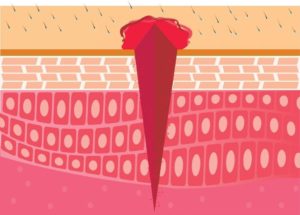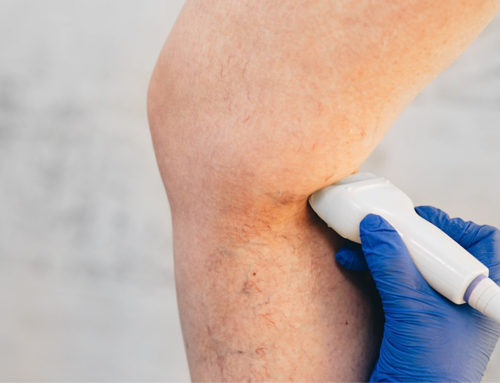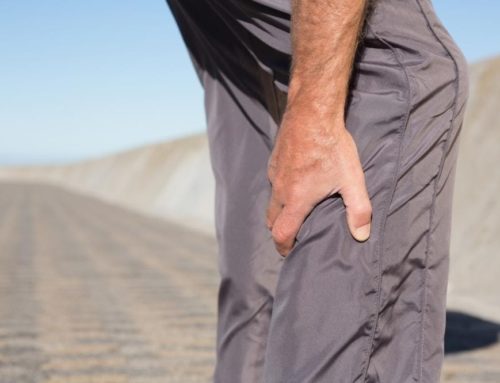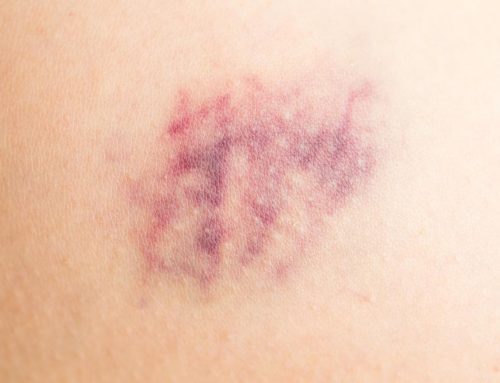Our skin is much more than just a fleshy surface to put on makeup, where you get pimples, or where you can get tattoos. The skin is the largest organ in the body and is a part of the integumentary system. It covers an estimated area of 22 square feet in an average adult and accounts for 16% of your total body weight.
It also varies in thickness according to different areas of the body. For example, the skin underneath the eyes is paper-thin, whereas the skin on the soles of your feet is much thicker.
Our skin is responsible for sensory experiences, such as the feeling of rough or soft surfaces, heat, or cold. The human skin is not a single layer but comprises of multiple layers like an onion. Understanding how it works can help you care for it better and protect it from damage.
Let’s look at the different layers of our skin:

THE EPIDERMIS
The epidermis is the topmost layer of your skin and is responsible for several vital functions. It protects the body from various bacteria and viruses, helps produce new skin cells to repair the dead and damaged cells, and contains melanin, which gives your skin its color. The epidermis also acts as a waterproof barrier for your skin and protects the inner layers from physical injury.
THE DERMIS
The dermis is located just below the epidermis and is made up of blood vessels, connective tissue, sweat glands, and hair follicles. Nerve endings also reside in the dermis – these send signals to the brain if something you touch feels unpleasant, burns, itches, or hurts your skin.
The main job of the dermis is to create sweat glands that allow sweat to travel through your pores and keep your skin cool. The dermis also produces oil glands that help keep the skin flexible and prevent water from penetrating the skin.
The dermis is also full of blood vessels that expel waste and keep the skin cells healthy by bringing them essential nutrition and oxygen.
THE SUBCUTANEOUS FAT
The innermost layer of the skin is known as the subcutaneous fat and connects the dermis to the muscles and bones. It connects the network of your superficial veins that start at the dermis layer to the larger veins that continue through the subcutaneous fat layer and into the body. It stores fat by creating a layer that protects your muscles, bones, and organs from physical injury. The fat layer also helps regulate body temperature, so you don’t feel too hot or cold.

THE VEINS IN YOUR SKIN
Small blood vessels start from the middle layer, the dermis, and travel through the fatty layer to the inner body. These superficial veins connect to the larger and deeper veins located underneath the skin and within the muscles. If the superficial veins are damaged or unable to circulate the blood properly due to malfunctioning vein valves, it causes vein conditions like varicose veins and spider veins. If left untreated for long, these vein issues can also cause venous ulcers and damage the deeper veins leading to harmful and often fatal blood clots.
Getting your veins evaluated regularly can help you maintain good vein health and keep your skin healthy and glowing. If you experience dry and itchy skin with discoloration and painful surface areas, it could indicate an underlying vein issue. The pain and discomfort can progress if not addressed promptly!
Seek Professional Vein Evaluation in New York:
Varicose Veins Doctors New York offers professional vein evaluation and vascular treatments for its patients. Our certified vein experts have years of experience in specialized care and treatments for various venous issues and disorders, including skin discoloration, frequent leg swelling, chronic venous insufficiency, blood clots, deep vein thrombosis, and superficial vein disorders such as varicose, and spider veins.
We also offer a clean and safe environment by following strict SOPs during the COVID-19 pandemic to prevent viral infections in our patients and staff.
Call 212-906-9111 today to schedule a vein assessment appointment!





